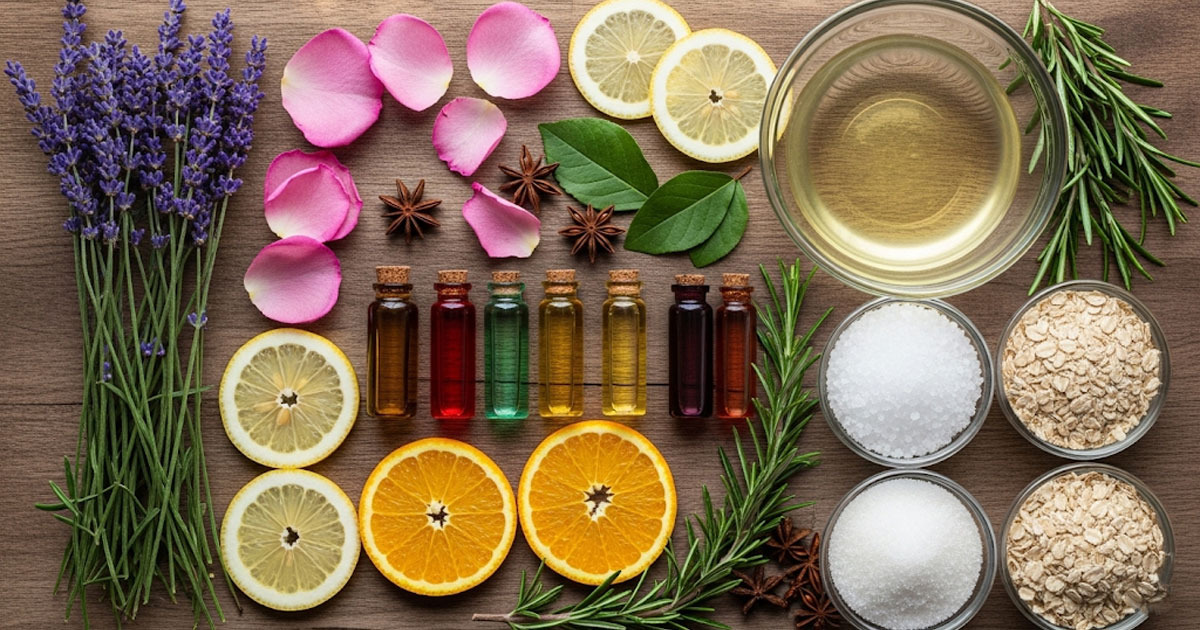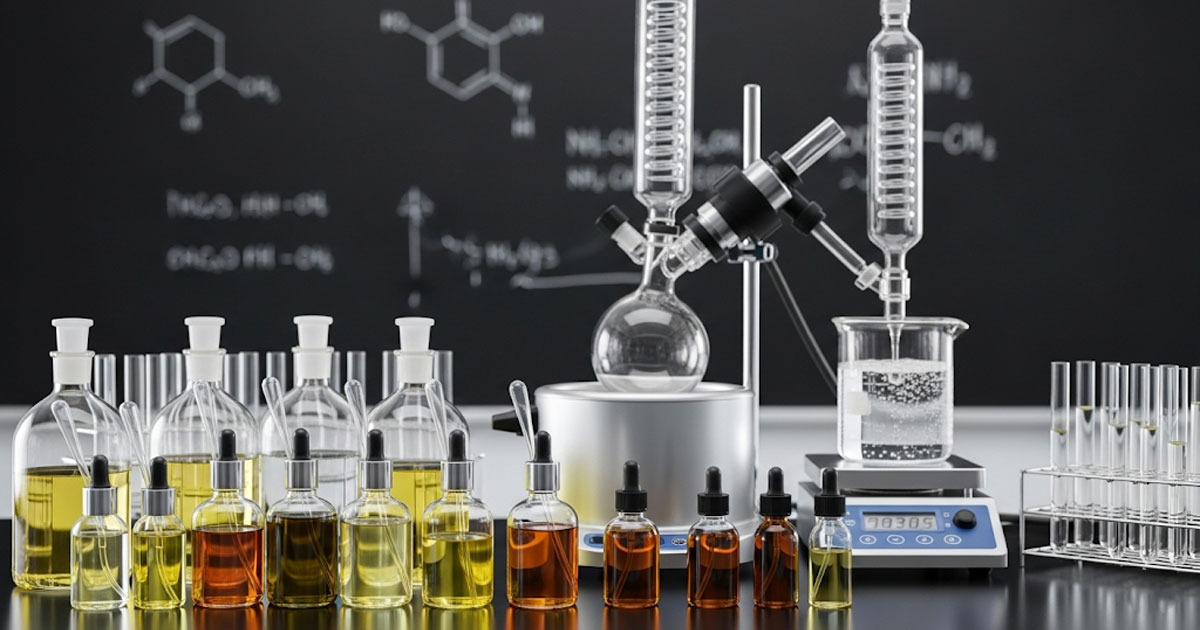The Enduring Allure of Ambergris
In the sophisticated world of haute parfumerie, few natural ingredients command the reverence and mystique of ambergris. This rare substance, often dubbed “floating gold,” originates from the digestive tract of sperm whales and can take years sometimes decades to develop its unique aromatic profile.
Its scarcity and unpredictable availability have long positioned ambergris as a prized element in the composition of luxury scents. What sets ambergris apart is not merely its origin story but the way it transforms over time.
Fresh ambergris carries a pungent marine odor, but once oxidized and aged by sun and saltwater, it develops warm, earthy, and subtly sweet nuances. These complex olfactory notes are impossible to replicate synthetically, making aged ambergris a treasure for master perfumers seeking depth and longevity in their blends.
Ambergris is not merely an aroma contributor. Its most sought-after role is as a fixative a component that enhances the staying power of volatile fragrance ingredients. This unique ability to stabilize and extend scent life elevates it from a simple aromatic note to a structural pillar in many high-end fragrance formulas.
The Chemistry Behind the Magic
Molecular Stability and Sillage Enhancement
From a chemical standpoint, ambergris contains ambrein, a triterpene alcohol that oxidizes into ambroxan and related compounds. These molecules are celebrated for their exceptional fixative capabilities and their subtle, musky warmth. Unlike many synthetic fixatives, ambrein derivatives do not overpower a composition but instead act as smooth carriers that round out rough edges in the aromatic profile.
Perfumers who work with ambergris often praise its transformative impact on compositions. It doesn’t just preserve a fragrance; it elevates it enabling top and heart notes to unfold gradually and with greater clarity. This layered diffusion, or “sillage,” is what gives fine fragrances their signature trail and depth.
Ambergris also exhibits remarkable molecular resilience, maintaining aromatic integrity even in extreme environmental conditions. For luxury brands aiming for global distribution, this stability ensures a consistent olfactory experience regardless of climate a feature that few natural ingredients can guarantee.
Rarity and Ethical Sourcing Considerations
Supply Chain Challenges and Regulatory Nuances
The rarity of ambergris is one of its defining characteristics. Unlike other animal-derived materials, ambergris is excreted naturally and harvested only after floating ashore. Its collection is thus passive and does not involve harm to whales, although regulatory frameworks vary widely by country.
In regions like the United States, its trade is restricted under marine mammal protection laws, while other jurisdictions permit its use under tightly controlled guidelines. This legal complexity, coupled with inconsistent supply, makes sourcing ambergris a delicate and often costly endeavor.
Leading perfume houses often work with specialized brokers who authenticate and grade each sample based on age, oxidation level, and olfactory quality. High-grade ambergris can command thousands of dollars per kilogram, reinforcing its status as a luxury commodity.
Niche and heritage perfume brands often highlight the inclusion of natural ambergris as a mark of authenticity and artisanal value. For these houses, it is not just an ingredient but a storytelling element signifying tradition, rarity, and uncompromising quality.
Modern Alternatives and Market Evolution
Synthetic Ambroxan vs. Natural Ambergris
With sustainability becoming a central concern in the fragrance industry, synthetic alternatives such as ambroxan have gained traction. Developed in laboratories to mimic the olfactory profile of aged ambergris, ambroxan offers a more accessible and ethically unambiguous substitute. It is widely used in both mass-market and niche formulations and provides consistency in both aroma and supply.
However, for connoisseurs and perfumers with a deep respect for traditional methods, synthetic replacements cannot fully replicate the complexity and evolution of true ambergris. The interaction between natural ambergris and other essential oils often results in a synergistic effect that synthetics rarely match. This nuanced performance continues to drive demand in ultra-premium segments of the market.
Despite the rise of alternatives, ambergris has not faded into obscurity. On the contrary, its mystique has grown in a landscape increasingly saturated with synthetics. Its use today signals exclusivity, craftsmanship, and a reverence for nature’s rarest offerings.




